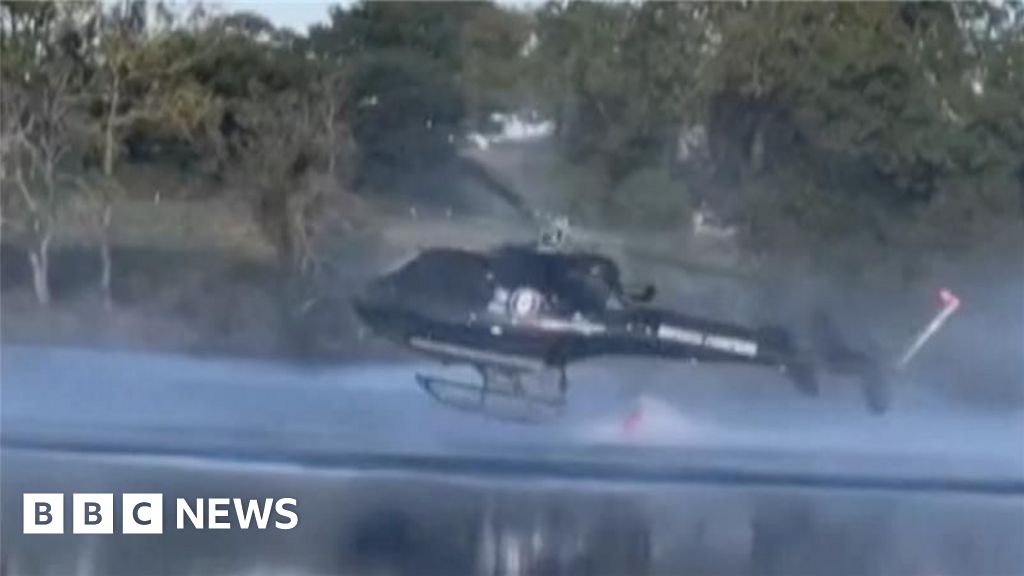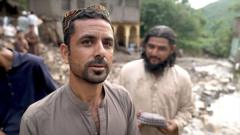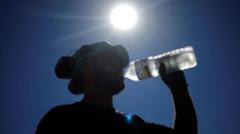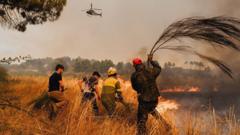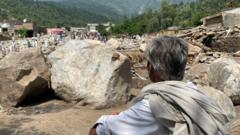The American Southwest is enduring a relentless megadrought, which has persisted for over 25 years, depleting water resources, devastating agricultural lands, and increasing wildfire risks. The severity and duration of this drought are unprecedented, with no similar event recorded in the past 12 centuries. A recent study published in the journal Nature Geoscience suggests that relief may not arrive for several more decades, potentially extending into the latter half of the century or even beyond.
Victoria Todd, a doctoral student in paleoclimatology at the University of Texas at Austin, leads this groundbreaking research, emphasizing that the ongoing drought is not just a temporary setback but part of an established pattern driven by global warming. The findings indicate that as long as human activities continue to elevate global temperatures, the Southwest could remain in a state of acute drought.
To comprehend this relentless dryness, Todd and her colleagues explored paleoclimatic data from lake sediment cores in the Rocky Mountains, specifically at Stewart Bog in New Mexico and Hunters Lake in Colorado. By analyzing the chemical signatures preserved in plant debris, the team reconstructed historical moisture levels in the region over the past 14,000 years. This research revealed that the core underpinning of the current megadrought mirrors an ancient dry period, characterized by human-induced climatic conditions similar to today.
The study identified a 'warm blob' of Pacific Ocean water that has led to persistent drought conditions in the Southwest, as it alters the normal flow of storms and winds. This phenomenon is not new; similar warm water patterns have fluctuated in cycles over millennia. However, unlike previous cycles that experienced alternating wet and dry spells, today's conditions suggest this warm blob may remain stationary due to human impact from fossil fuel emissions.
A. Park Williams, a climate scientist, acknowledged the thoroughness of the study but cautioned that the models used may still underestimate the present drought's severity and implications. The drying effect of a warmer climate extracts more moisture from both soil and vegetation while affecting precipitation patterns, complicating water availability for the region's growing agricultural and industrial sectors.
Climate observers like Pedro DiNezio of the University of Colorado Boulder stress that events such as the megadrought signal a shift in how greenhouse warming is overwhelming established climatic patterns. The implications of these findings suggest that long-standing climate rhythms could be disrupted, heralding a new era where human-induced variables hold greater sway over natural climate systems.
Overall, this study serves as a crucial reminder of the complex interactions between climate, human activity, and the environment, urging immediate attention to the fundamental factors contributing to unprecedented climatic events.












